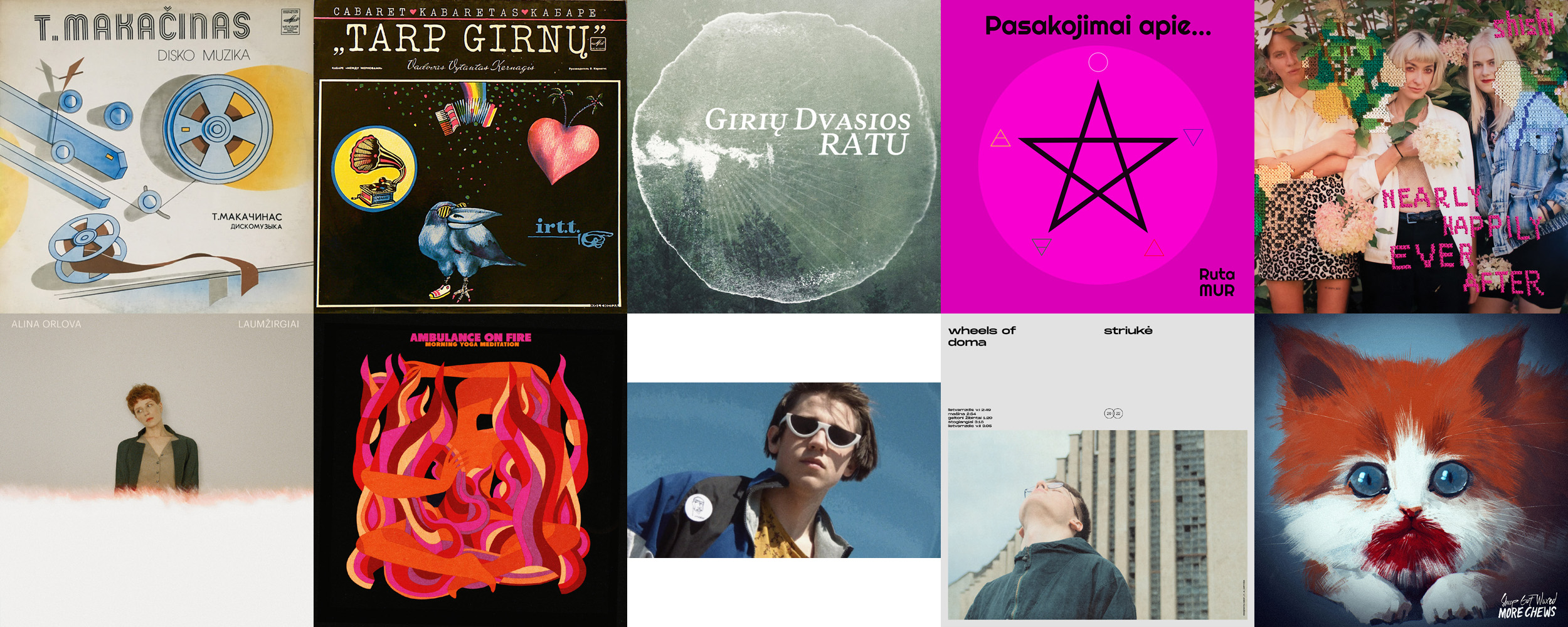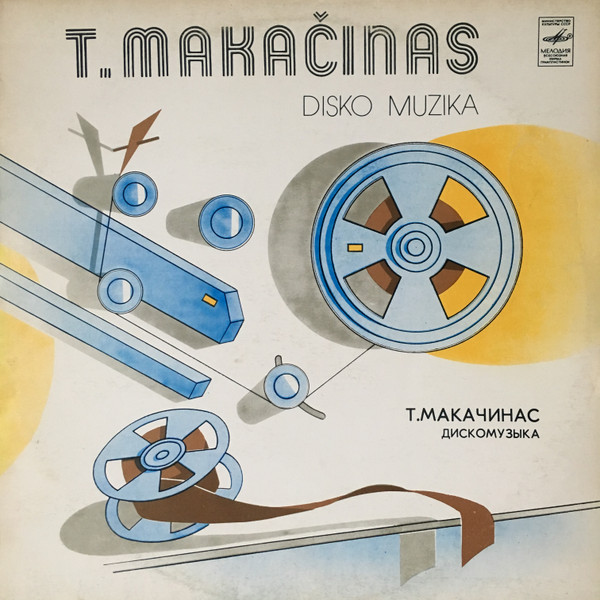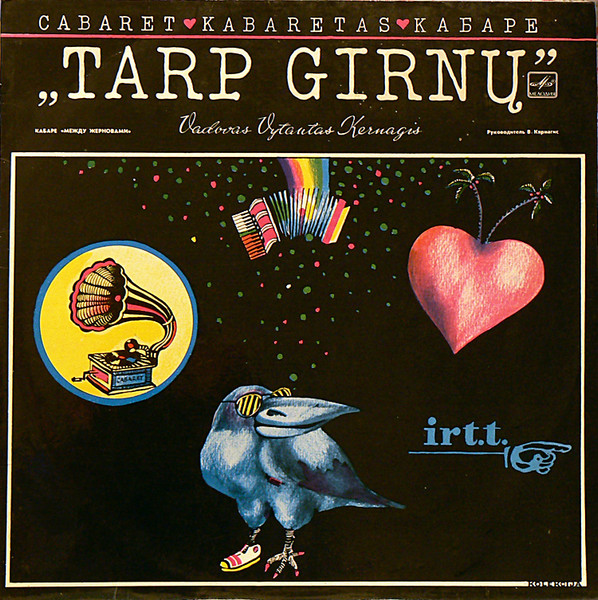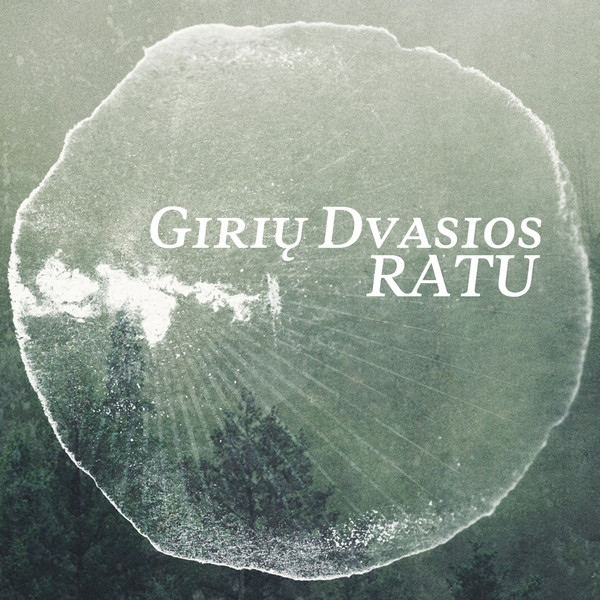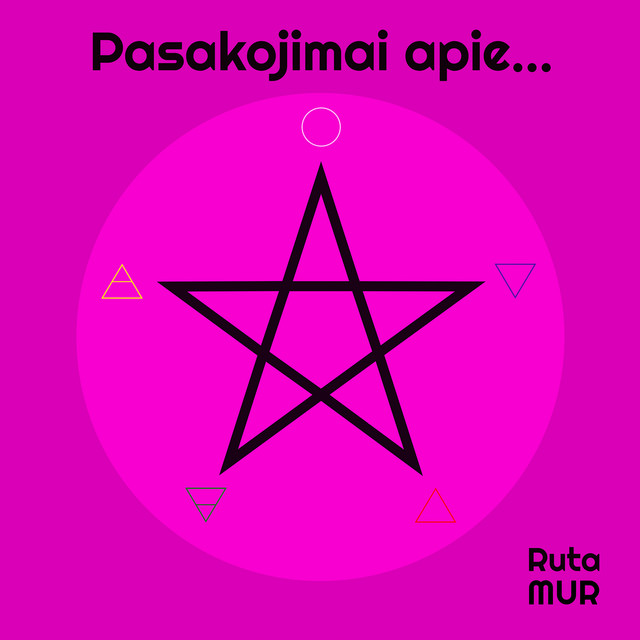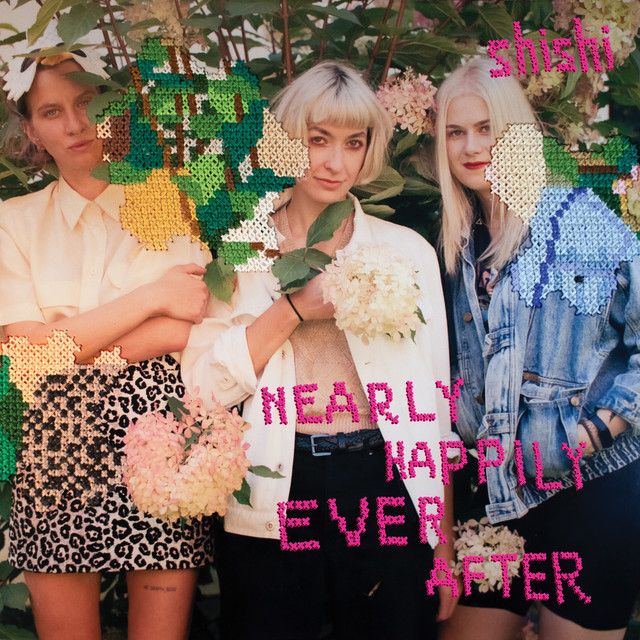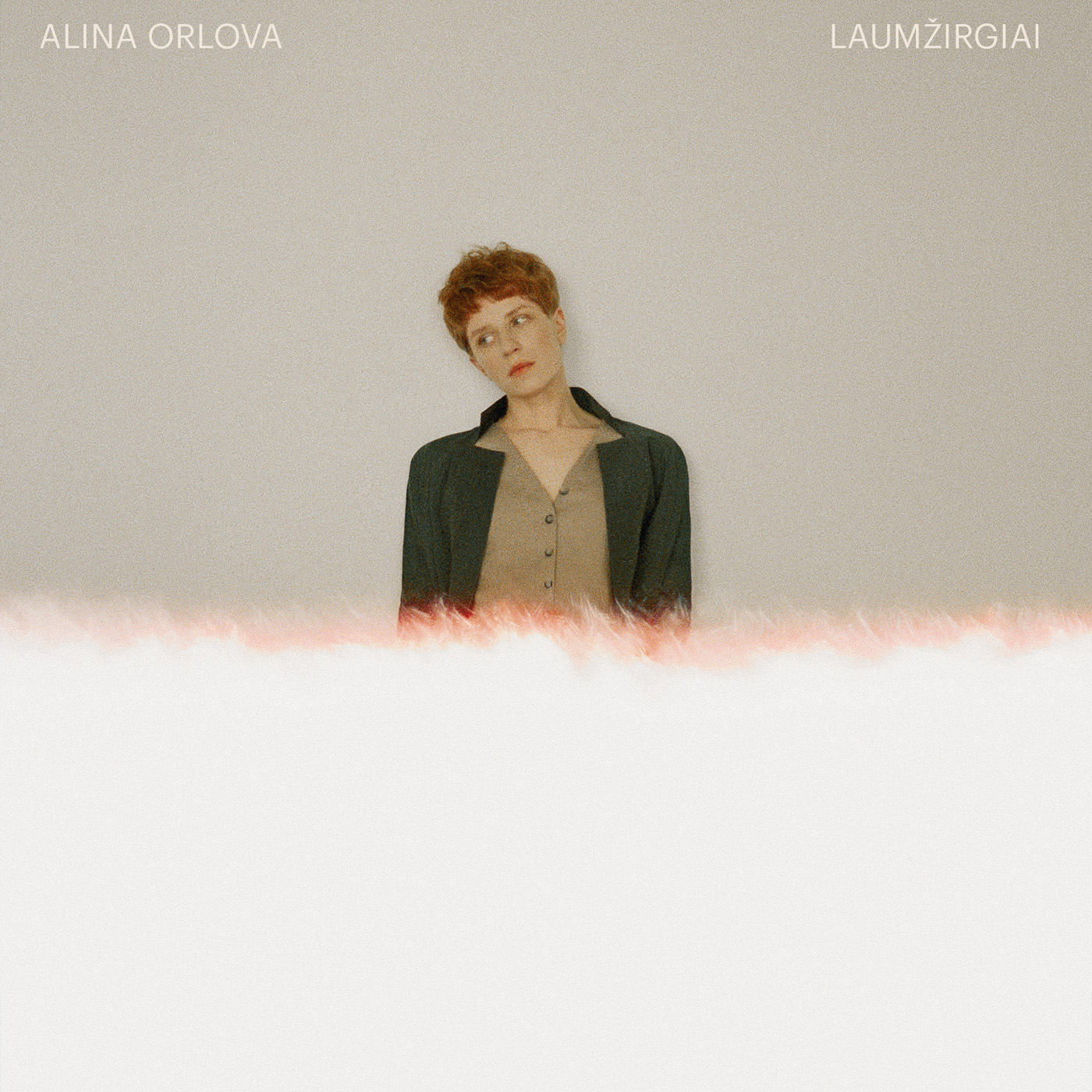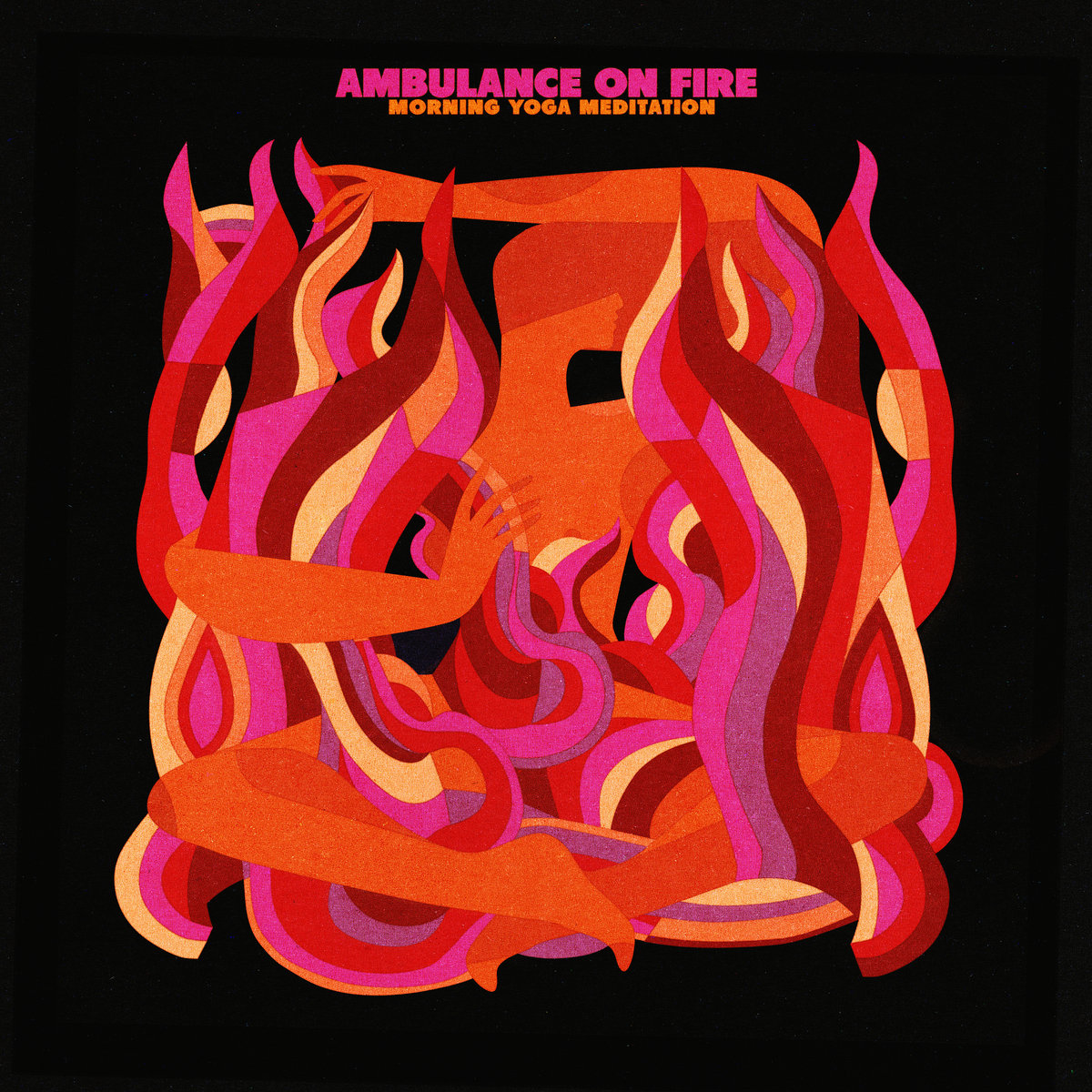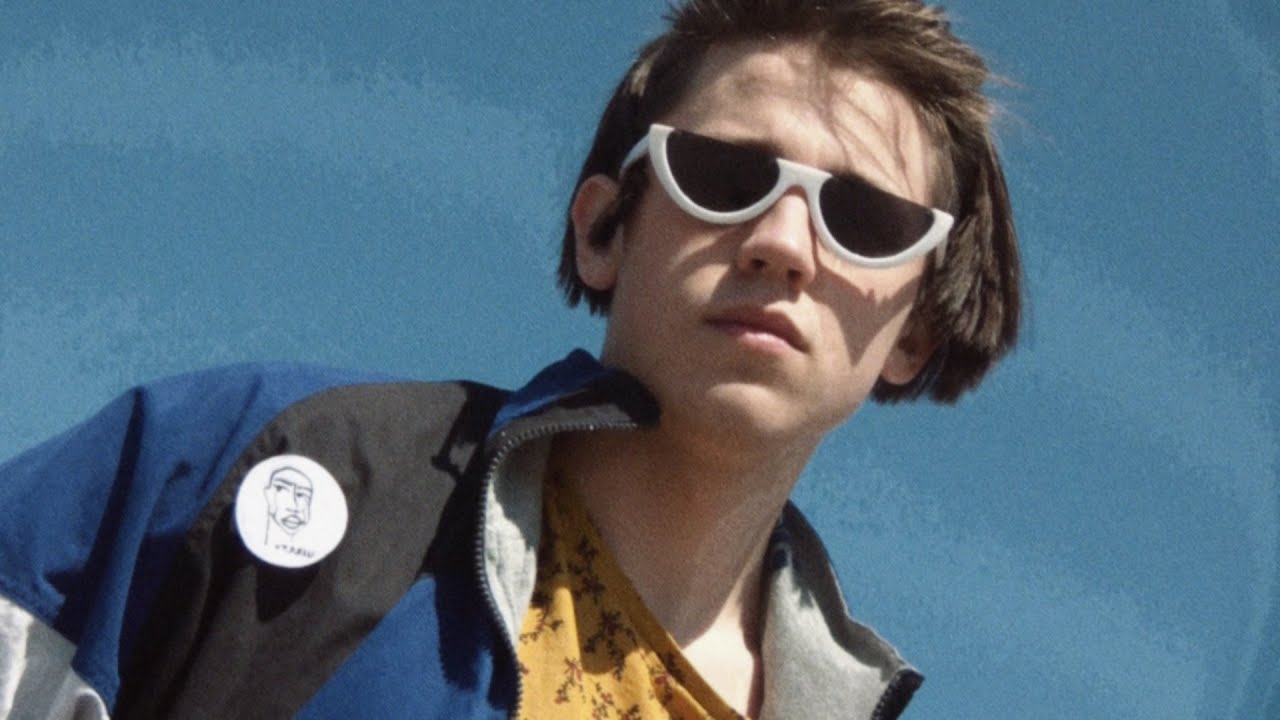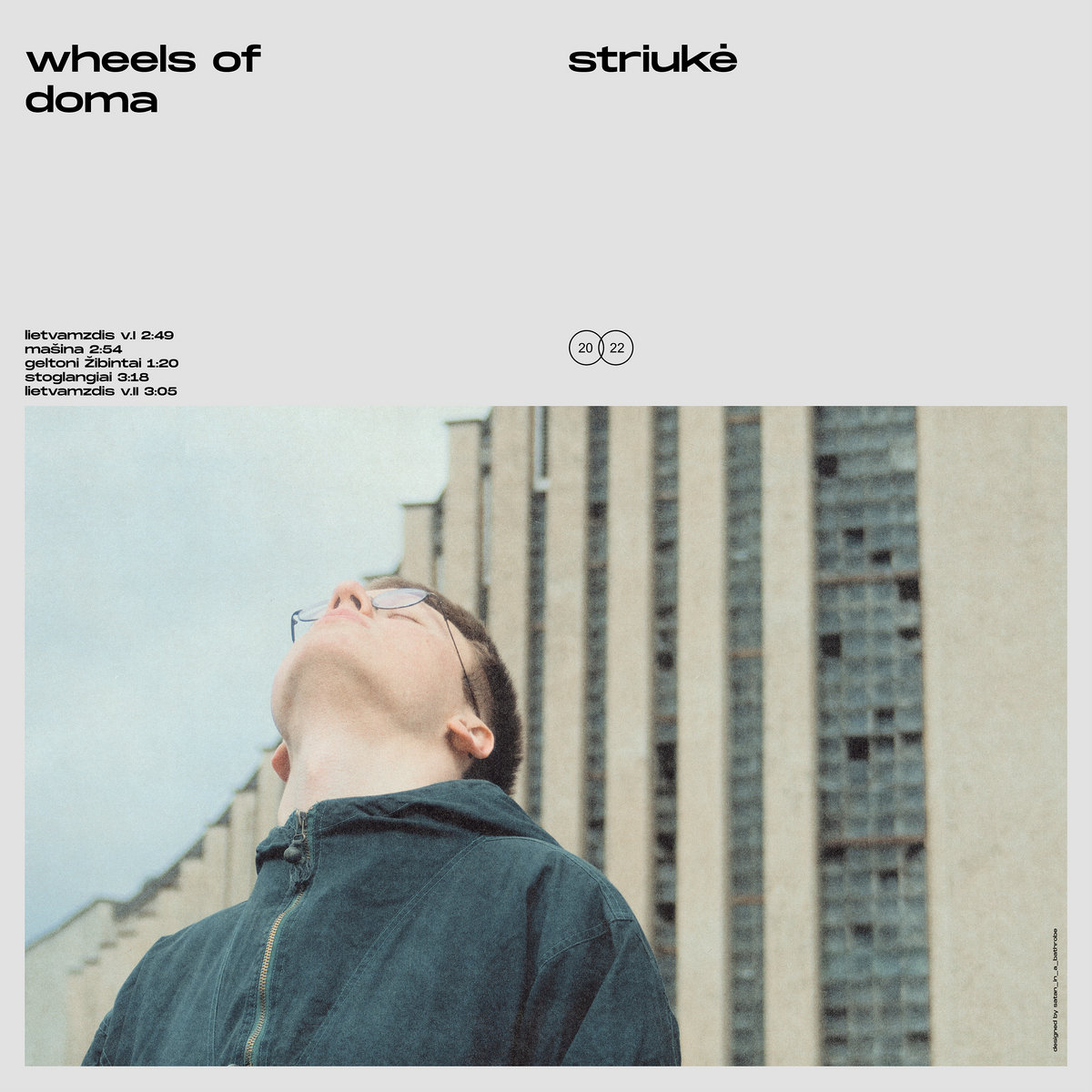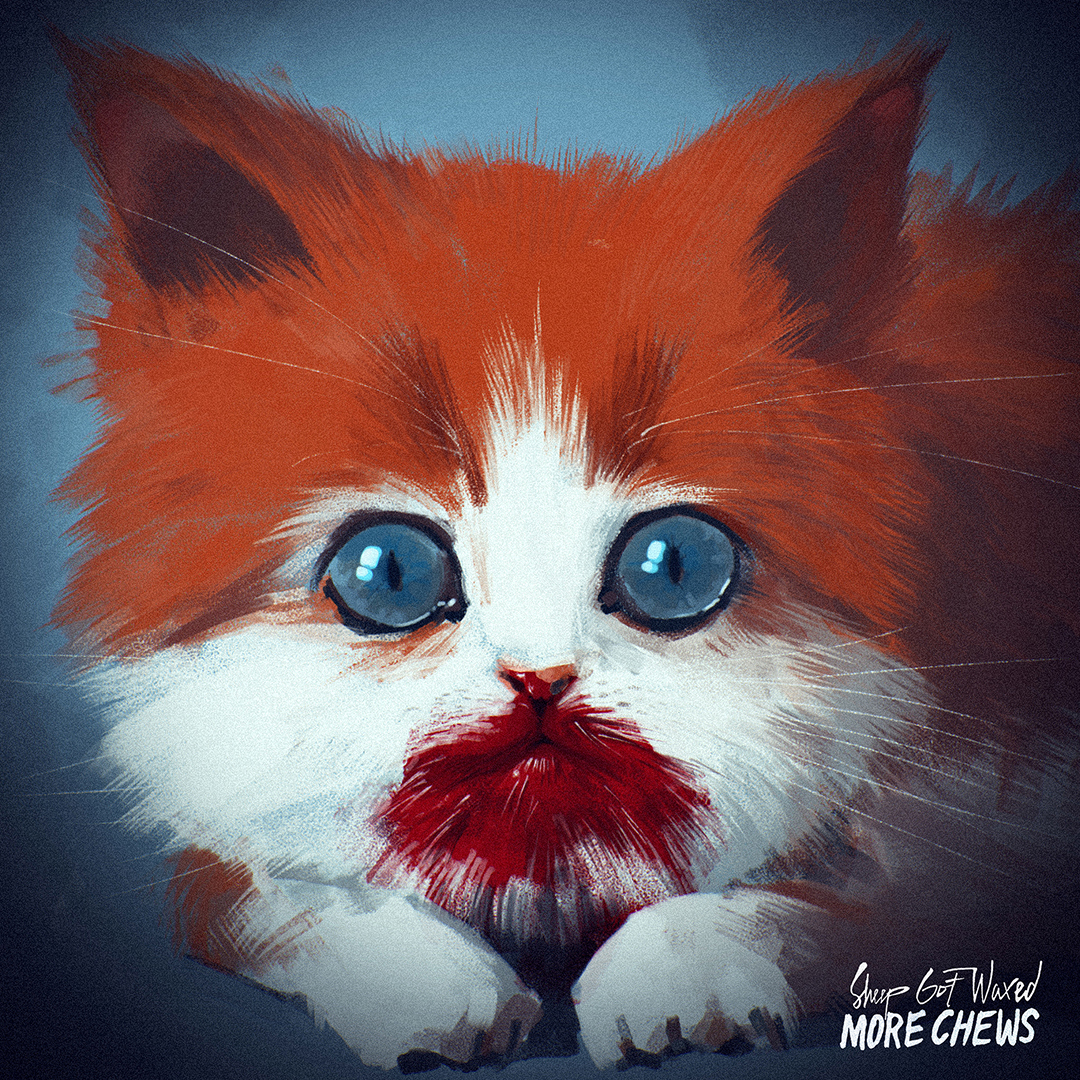Tayeb AL MUHAMMAD | Sour Cream and Honey: A Soundtrack of a Country
My first conscious encounter with music was the byproduct of what later became known as Cool Britannia. The Spice Girls with the spark of joy in “Wannabe” will always brighten my day. In contrast to 90s Arab music, which I felt was static since just a few producers held a monopoly, each having a set of popular artists. It seems to me that Lithuanian music has a myriad of genres. In the Middle East that’s not the case. The majority choose what to listen to based on their mood, and most importantly on what time of day it is.
My selection of Lithuanian albums is based neither on popularity nor on production quality. I chose music that is dear to my heart and that, in my opinion, well captures the general feeling among the populace. I have to place some emphasis on the fact that I came to Lithuania in 2013. So some of the albums mentioned here were released prior to my great encounter with Lithuanian culture. Like artificial intelligence trying to learn a task, I got into the habit of watching footage of Lithuania in the 90s and early 2000s trying to make sense of what I’m seeing now, and in what trajectory it arrived at.
This journey started when I was accepted into a Master’s programme in Kaunas. Even before leaving Syria, with a rush to get a feeling of the place, I started looking for Lithuanian music. The first results were nothing short of impressive: the folk song ‘Žalio Vario’, performed by the experimental artist Donis.
The evening I meant to spend listening to albums I’d include, I ended up procrastinating – watching clips of Šventinis Bankuchenas and laughing. It’s funny in a way that differs from comedy in English as it has a different element in the medium – the language. The Lithuanian language is also the core of my album selection.
As the review in last year’s Lithuanian Music Link nicely captures, the music scene in Lithuania has a lot of experimentalism, from electronics to jazz. I tend to attribute this to the lack of big production companies streamlining a star creation. I noticed a similar tendency in the two other Baltic countries. Luckily in this case it allowed for the local fauna & flora to flourish. If I were to draw analogies, it would be like comparing an ecological free range farming of talent to industrial farming.
I believe that music in the post-independence era, a time of reshaping of cultural identity, comes from asking a good question: So… what do we listen to now? Around that time a talented and light-hearted musician, Vytautas Kernagis, answered the question by showing that added value doesn’t lay in breaking away from what was before; but in bringing a variety of topics and freshness (as seen in the music video ‘Žemutinių pilių šventė (Kansaras)’, created in 1989!). Two decades later, bands like Sheep Got Waxed and Solo Ansamblis created a new signature sound, which I believe will be picked up by other artists to further polish it and add to it.
I do think that with each highlight a culture brings a point of culmination when, for example, a new school of thought is established that would shape what comes after. In many instances it would become a bar to be held. In this case it could be music. So the question is whether Lithuania is approaching a cultural zenith that would lead the country to embrace a certain style. It’s yet to be seen. But I believe it would be a byproduct of various economic and cultural variables rather than a matter of a single-handed prodigy, much like the Cool Britannia of the mid-90s.
Akin to walking through Kalvarijų Market in Vilnius, with the sun gently warming my face, I get to roam around rays of stalls of farmers and beekeepers to interact with them and taste the fruit of their labour. Whether it’s honey infused with berries or some fresh sour cream, their time is irrelevant. And what you pay in wandering is rewarded with finding your new favourite twist on a familiar flavour. Lithuania’s music scene is a replica of such a variety, from which I have chosen 10 albums as a sample to share the pleasure I had listening to them.
1. Teisutis Makačinas – Disko muzika (1982)
It was surprising to know that the man behind this album is a master of classical music. Yet his craftsmanship shows in the broad use of instruments and the build up. Moreover, the extensive use of synths and electronic tones, compared to its Baltic contemporaries (Mirdza Zīvere in Latvia, Elektra in Estonia), is not only more futuristic but is able to stand the test of time.
Crème de la crème: Į dieną einam; Tau, Tėvyne
2. Vytautas Kernagis – Kabaretas ‘Tarp girnų’ (1984)
Coming back to Kernagis and his skillful mix of genres and languages to convey a certain mood that transcends to listeners regardless of musical preferences. It’s something that can carry your imagination to be dancing with Ona in one instance, or a dreamy plumber in Ukmergė, a positive unfuzzy that fits the 90s, or what my generation thinks of it reflecting on it from our presence.
Crème de la crème: O, disko!; Šimtas pavasarių
3. Girių Dvasios – Ratu (2015)
Rare are the albums that after years of first hearing them you are still able to experience with the same wonder as the first time. This is one of them. Incorporating folk music, this can be with no exaggeration a trademark of Lithuania. In a train approaching Kaunas in summer, or walking in the little town of Plungė, it’s able to provoke all the memories.
Crème de la crème: Čiutyta
4. Ruta Mur – Pasakojimai apie... (2019)
Part of the global resurgence of 80s pop, Ruta Mur’s album is about the five elements of love and nature. She sings with a dreamy, distant yet strong voice. Her music is close to reminiscence of a tape you can stumble on in your parents’ attic, which with each time you hear it gets closer to being your favourite.
Crème de la crème: Pasakojimas apie žemę
5. shishi – Nearly Happily Ever After (2022)
This album has a focus on wider issues: consumerism, borders and the climate crisis among other things. shishi is asking you to wake up and do something in all this mess. I think it’s one of, if not the only, album in my list that gives that much space to global issues, and that coupled with the increasing production quality makes them an easy choice to recommend.
Crème de la crème: I Cannot Believe, Family Tissues
6. Alina Orlova – Laumžirgiai (2022)
I am very glad Alina is back with a full album and that she has grown artistically since her original back in 2008. Now there are far more instruments being employed, and a slightly more melancholic tone. Interestingly, out of all the albums presented in my list, Alina’s is easily the most related to the Middle East’s niche of jazzy cabaret music.
Crème de la crème: Ruduo tau tinka, Apie ką šitas filmas
7. Ambulance on Fire – Morning Yoga Meditation (2022)
I had to check my phone to make sure I wasn’t listening to Björk! The vocalist has that resemblance. A dark techno tune has spilled over from Sheep Got Waxed. That’s no expectation, but here there is a gradual shift between calmness, using classical elements such as flute or church bells, towards a distorted ambulance siren. Simple once you hear it, and having any element could overwhelm the listener, but here they struck a balance!
Crème de la crème: I Will Never
8. Katarsis
Although this young talent has no “album” exactly but many singles, the style is as consistent as it could be on an album. So that shouldn’t stop you from enjoying it. The sound is young, the delivery is akin to a long-time performer, and if the goal of the music is to transcend linguistic hurdles then this succeeds in evoking longing and calm after a long summer’s day.
Crème de la crème: Niekas, Vasarą galvoj minoras
9. Wheels of Doma – Striukė (2022)
The album cover reflects the music to a high degree – a grainy analog picture with the Vilnius Sports Palace facade in the background and a young man in focus. It’s a hybrid between early Lithuanian rock and the Western rock of that era, with a sense of playfulness. Wheels of Doma is a lighter, more guitar-based equivalent of Ruta Mur, but you could always wonder how long this style is going to have popular perception?
Crème de la crème: Stoglangiai
10. Sheep Got Waxed – More Chews (2022)
I fell in love with Sheep Got Waxed after their performances in the silent movie festival Pirmoji Banga back in 2019. This year’s album is in line with back then. Deep glitch electronic sounds, which if utilised properly could help Lithuanian cinema have soundtracks that are original and captivating, and could be a way to increase its exposure internationally.
Crème de la crème: Cypalas
